As Klaus Pichler was moving from his old apartment in Vienna’s seventh district to a new apartment in the second district, he noticed something curious: The dust bunnies in his old living room were red, while the dust bunnies in his old bedroom were light blue.
“This experience left me thinking that dust probably isn’t always this characteristic gray tone that I expected it to be, and could probably come in more varieties,” Pichler said via email.
Thus began a years-long photographic inquiry into the wide and varied world of dust, which has culminated in a book, Dust, which was published this month by AnzenbergerEdition.
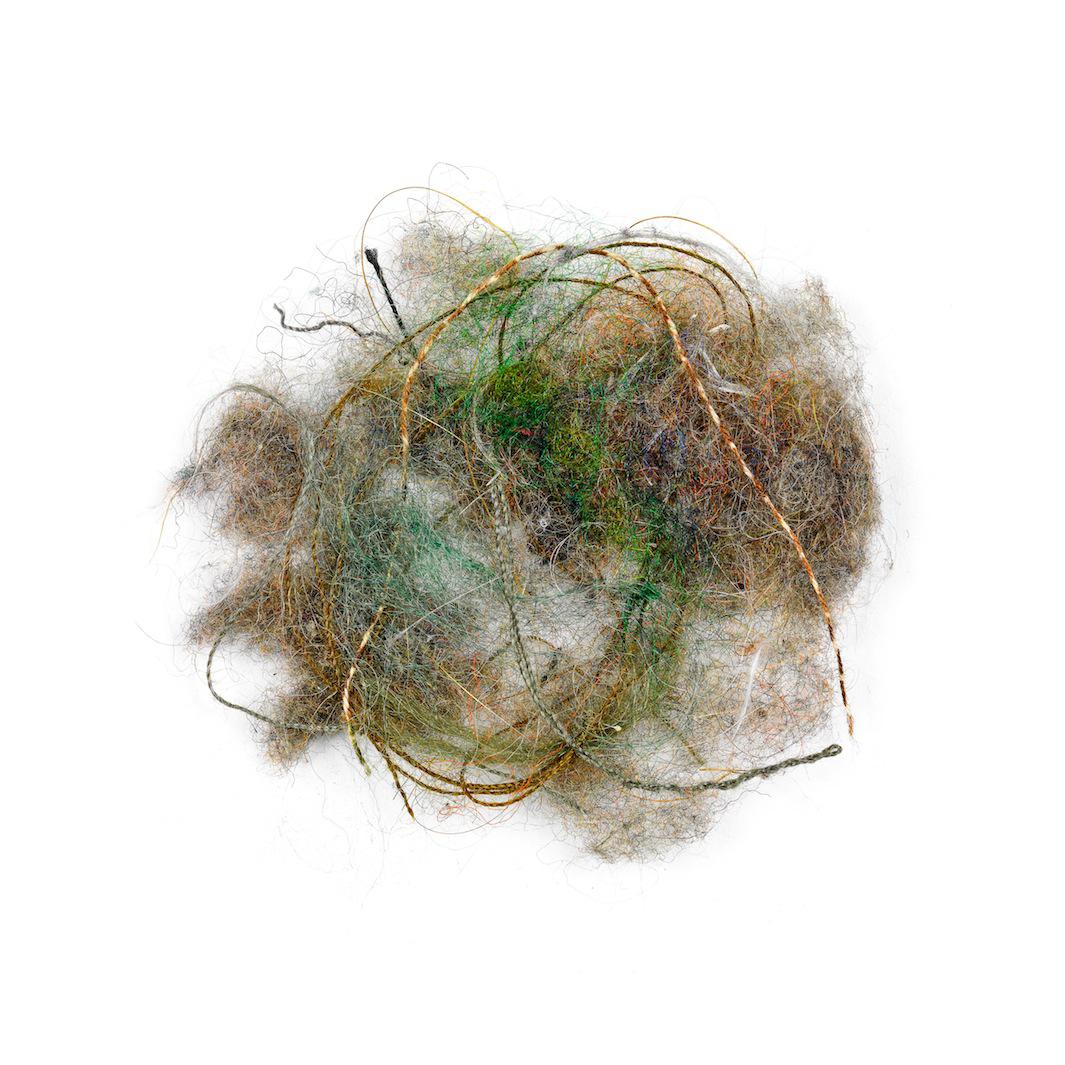
Klaus Pichler
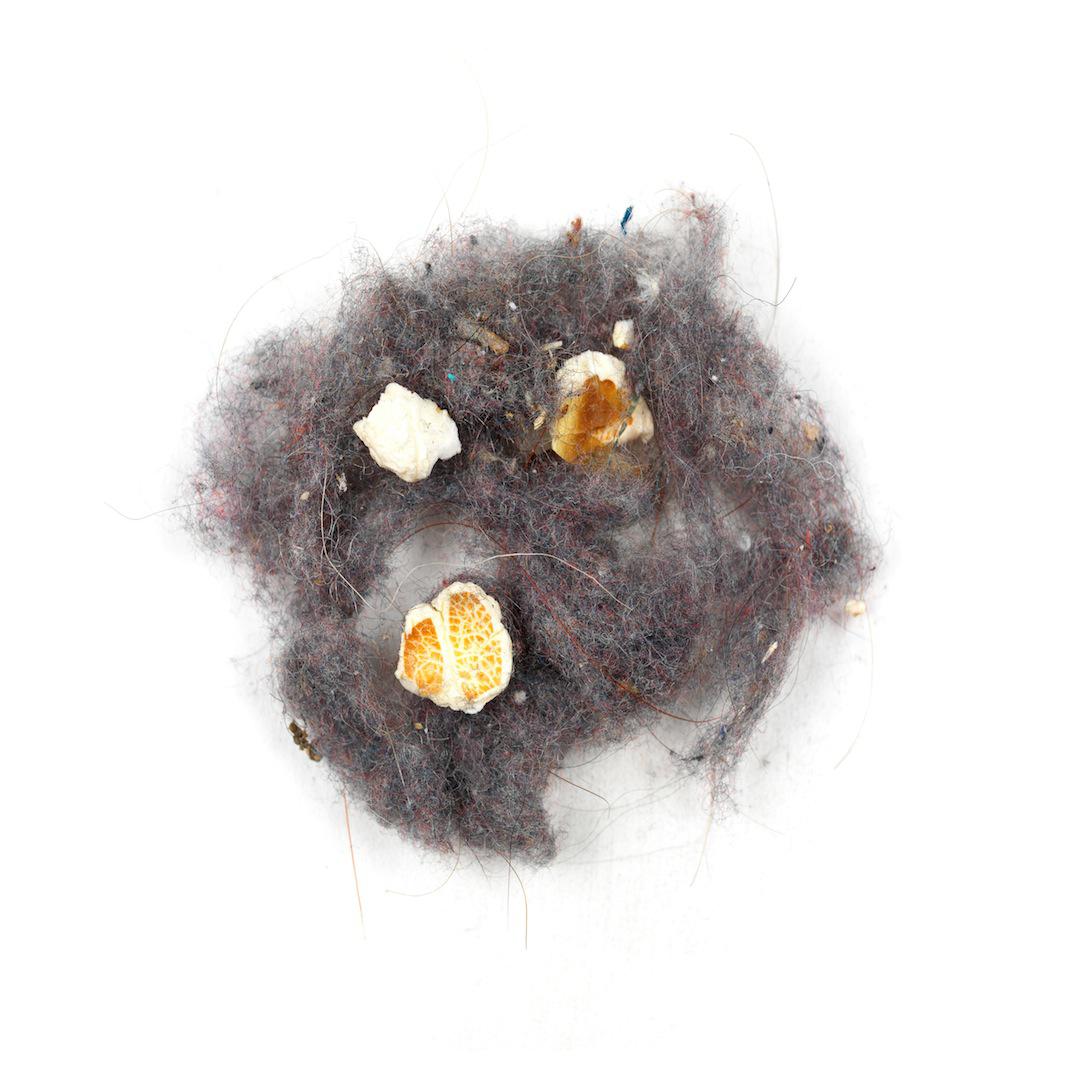
Klaus Pichler

Klaus Pichler

Klaus Pichler
For his project, Pichler, who studied natural and social sciences in college, set out to create a “not-too-serious pseudo-science model of dust bunnies,” by collecting samples from “all aspects of life,” including private apartments, restaurants, hotels, and museums, among other places around Vienna.
“I went to all the places without appointment and confused the owners with one simple question: ‘Would you allow me to collect some dust here?’ If they were too puzzled to refuse me, I went on all fours and took what the corners, nooks and crannies provided: dust bunnies,” Pitchler said. “It was great fun watching peoples’ reactions to my strange questions, and it was enlightening finding out the bandwidth of possible emotions, from fun to confusion, embarrassment to paranoia.”
Turns out, you can tell a lot about a place from its dust bunnies. The dust at sports stadiums reflects the colors of the respective teams competing there. Dust bunnies at movie theaters contain bits of popcorn, at pet shops they’re full of tiny feathers, and at tailor shops they’re strewn with cotton. “I suspected a finding like that when I started the project, but I did not suspect that the shape and appearance of dust would be that diverse,” he said.

Klaus Pichler

Klaus Pichler
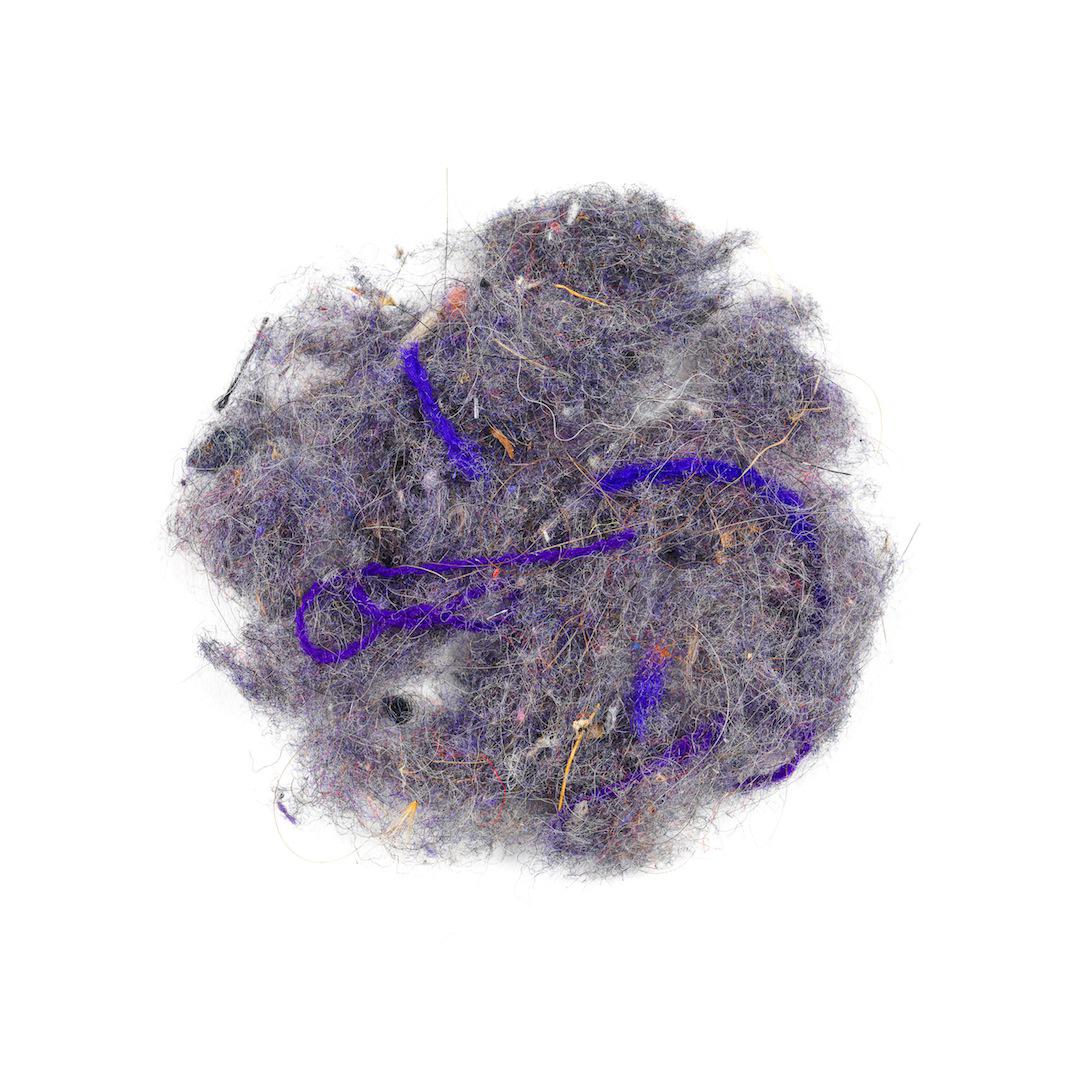
Klaus Pichler
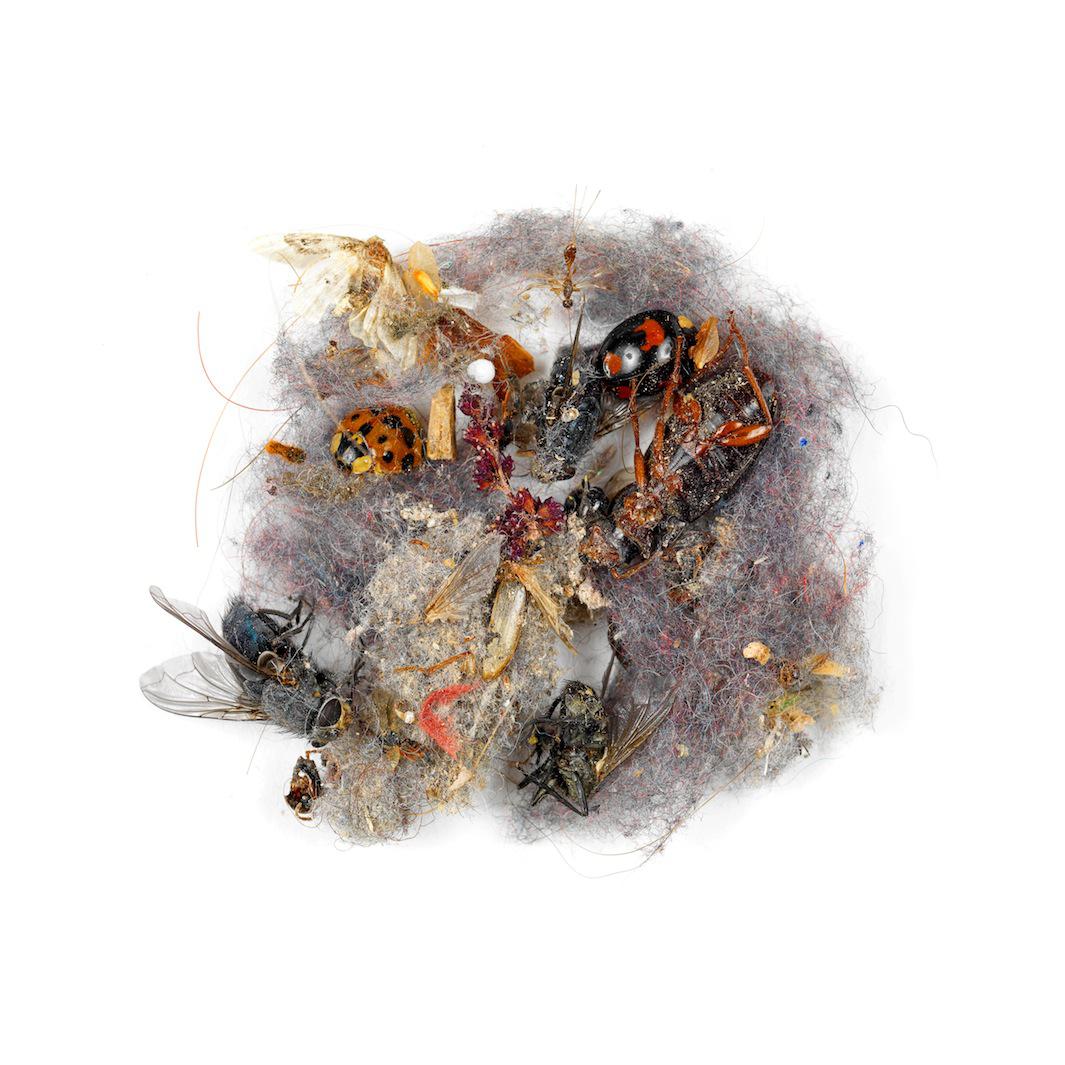
Klaus Pichler
Pichler collected the dust bunnies with a pair of tweezers and packed them in numbered Petri dishes—one dust bunny per dish, and one specimen per space. At home, he created an archive of dust, all numbered and inventoried. Then came the hard part: photographing them.
After some research, Pichler decided to rent an extremely expensive Hasselblad 120mm macro lens for a day, and for the next 24 hours worked tirelessly to shoot 135 of his samples. He photographed every specimen exactly the way he found it, with no alteration whatsoever, so as to maintain a scientific air of authenticity. He also wanted the natural beauty of the dust bunnies to make a case for a greater appreciation of the often maligned substance.
“We are living in an overly hygienic society. It is a symbol of status to present a perfectly clean flat or office, and there is a whole industry built around the extinction of dust. Dust is our natural enemy, a sign that our human perfection has its limits, because, no matter how hard you fight it and how often you are cleaning, dust will always fight back,” he said. “If you think of it on a metaphorical level, dust is a sign of our own mortality. So fighting against dust by cleaning everything is also a fight against death.”

Klaus Pichler
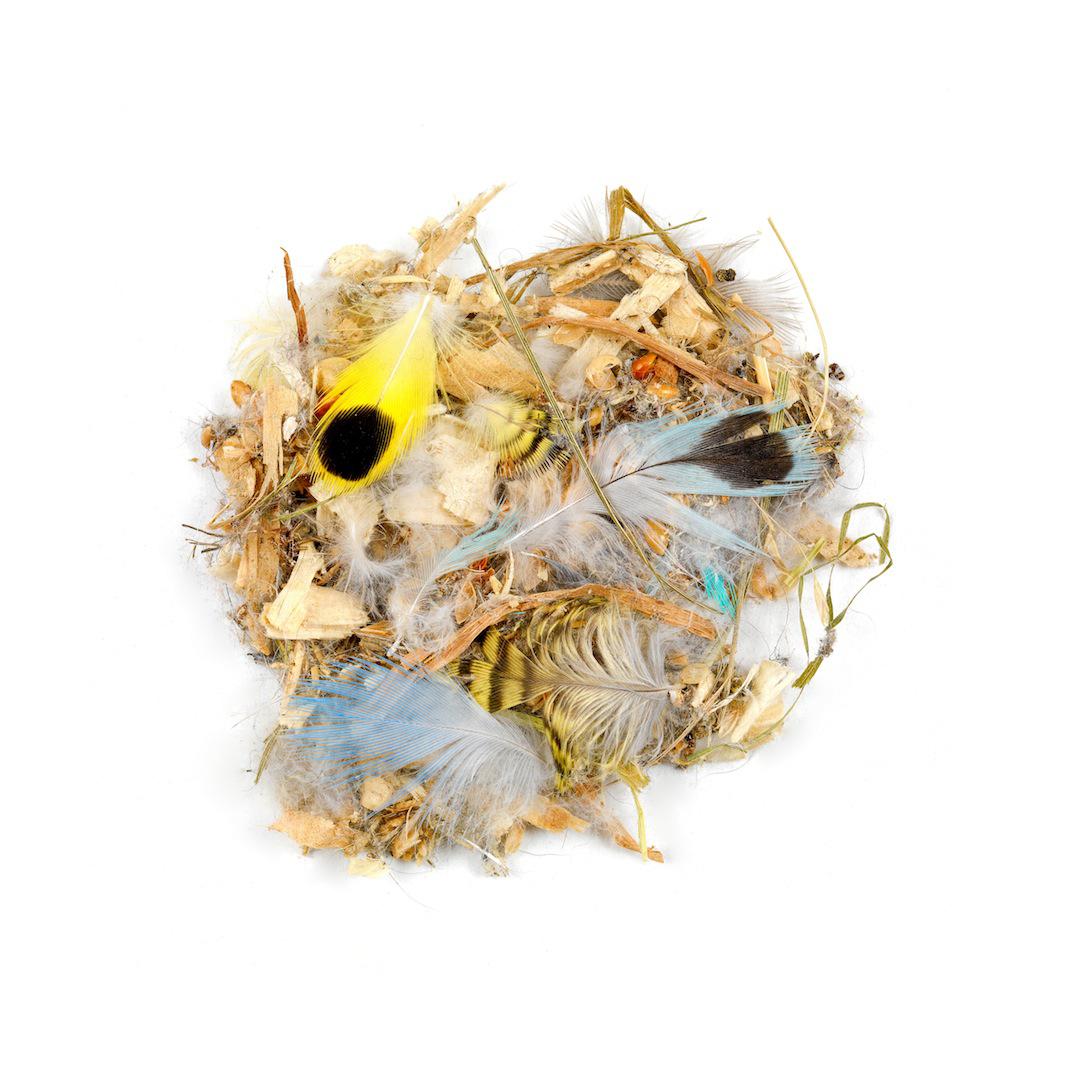
Klaus Pichler
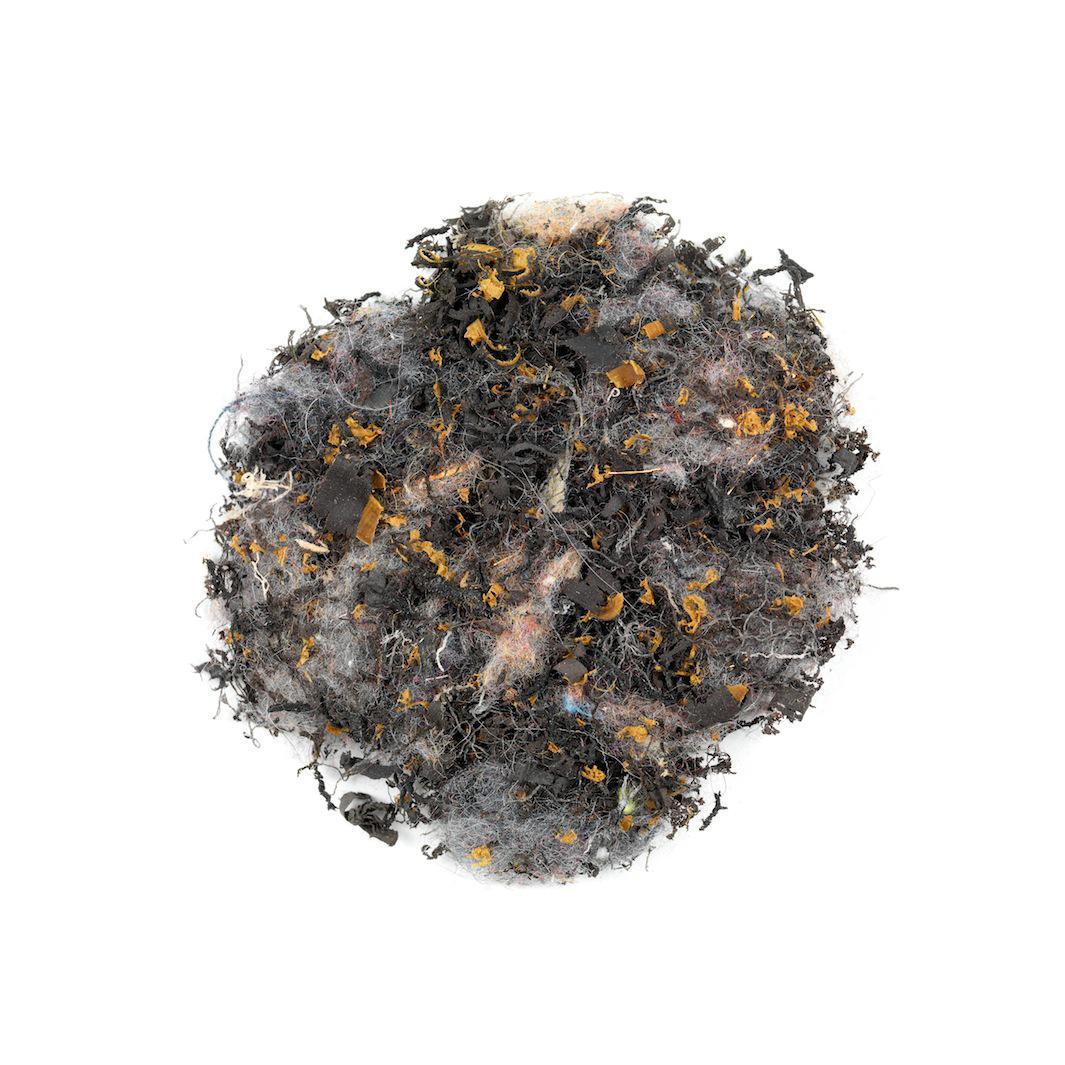
Klaus Pichler
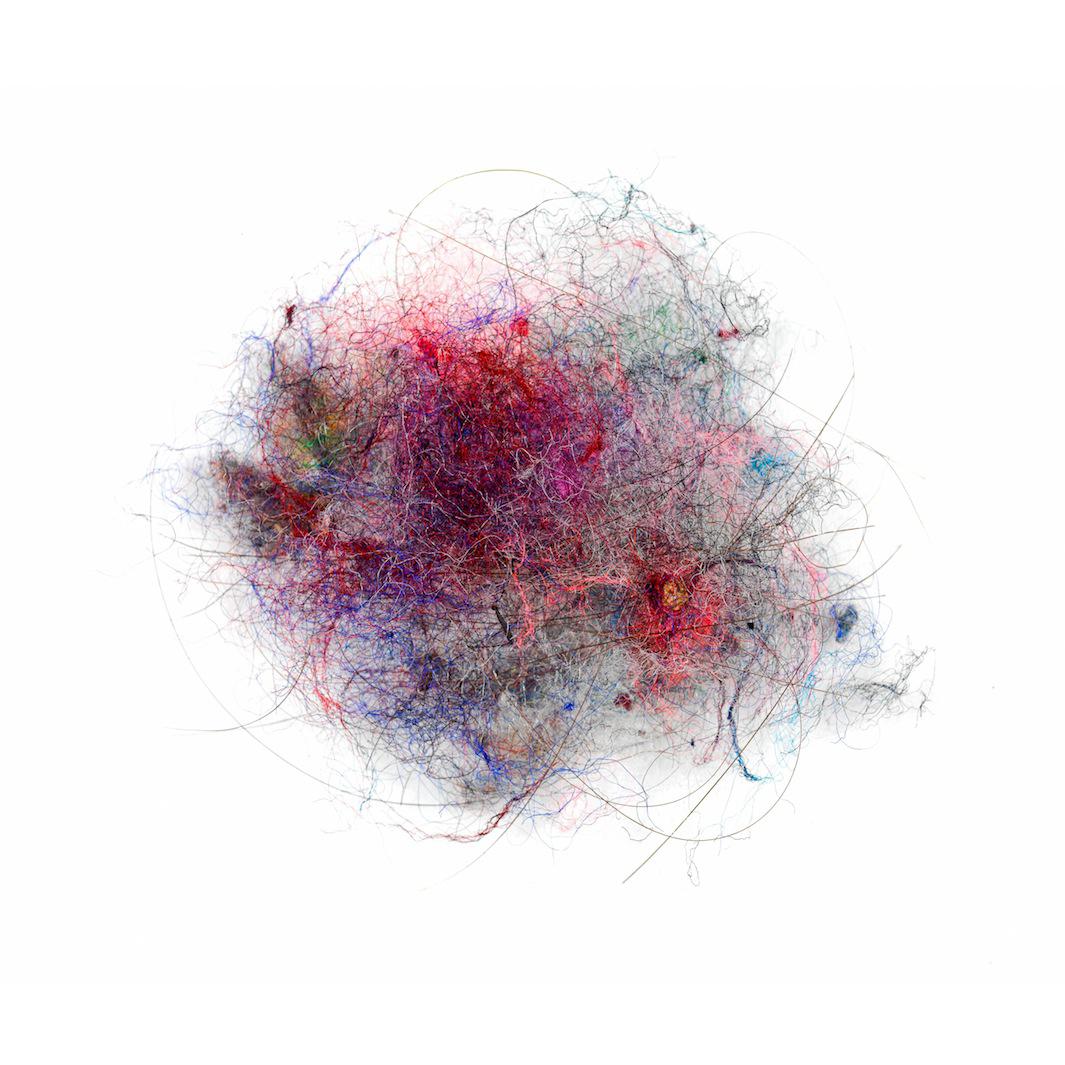
Klaus Pichler
